SCHULERSEIFERT / SEIFERTSCHULER
2012 / 2015
+++
The presence of photography in our everyday life and the interaction with photographic reproduction are the subjects which Christoph Westermeier seeks to investigate. In his work, he explores the question as to what extent photographers and their reproductions shape our cultural identity. In these times of mass media distribution and the general accessibility of photography using smartphones and the Internet, his interest is particularly focused on the radical transition from the analogue to the digital medium. In his work "SCHULERTSEIFERT // SEIFERTSCHULER" (2012/2015), he deals with the photographic reproductions of works of art in the publication "100 Treasures, Vol. 1 and 2" by Traudl Seifert and Josef Egon Schuler from the years 1963 and 1967. A compilation of 100 objects is displayed in this book, which have a special historical value, according to the author. The value does not lie only in their rarity or in the valuable material but also in their cultural context. In his work, Christoph Westermeier displays a compilation of photographed pages from books, which portray images and text in correlation with one another. Each text is provided with a title which puts the illustrated object in context: these include "The Lady of the World Wears Cameos" or "A Golden Easter Egg - Requiem for the Romanovs". Consciously, the artist does not always select the same image sections in his photographs: the book pages are never illustrated in full, sometimes more or less text is recognisable, and sometimes the illustrations protrude diagonally into the image. The image and the text are always visible only in fragments and it is therefore clear, that the selection of the subjects in the book and their illustrations reflect only a part of a culture and can never represent it completely. Reflections on the paper and the bulges of the book pages ensure that parts of the illustrations and the texts are indecipherable. Christoph Westermeier uses the book pages as quotations and makes it clear, therefore, that this concerns the photographic reproduction of a reproduction. A photograph alone can never represent everything and always directs the perception towards specific aspects. At the same time, he produces a change of context in his art work, which complicates the classification of the photographic illustrations. The objects portrayed are removed from their context – the publication of a compilation of valuable historical artefacts – and it is left to the viewer themselves to create a connection between them. Yet even within the images in the publication itself, the individual objects are displayed as being removed from their original context. As photographic collages, they appear to be weightless and as though they are simply floating in space unrelated to one another. From today's point of view, they appear as often strange new image compositions which were created using analogue image processing. They are, however, also a formative part of the history of reproduction and perception of works of art and therefore part of our interaction with our cultural heritage.
Claudia Rinke
Expanding Photography, Bochum 2016
SCHULERSEIFERT / SEIFERTSCHULER
Module system, two Inkjet Prints 45x1000 cm, 2012
SCHULERSEIFERT / SEIFERTSCHULER
Module System, three prints on meshfoil, 100x360 cm, 2015
Installation view BCC#10 "The Gap - Die Lücke", Sankt Georgen,Frankfurt
Installation view "Hijacking Karma #2.1 – Extended Version",
Galerie Stigter van Doesburg Amsterdam


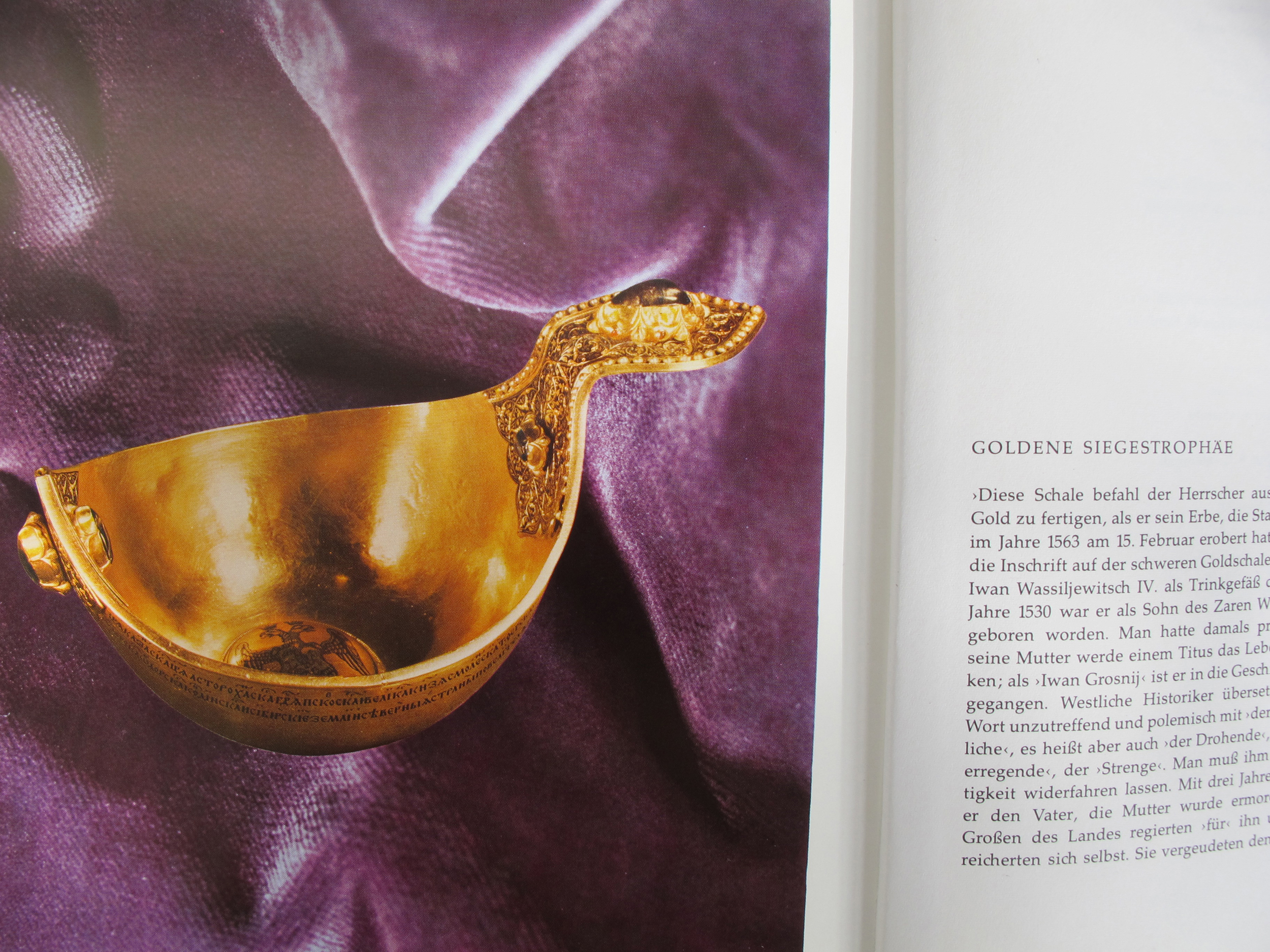

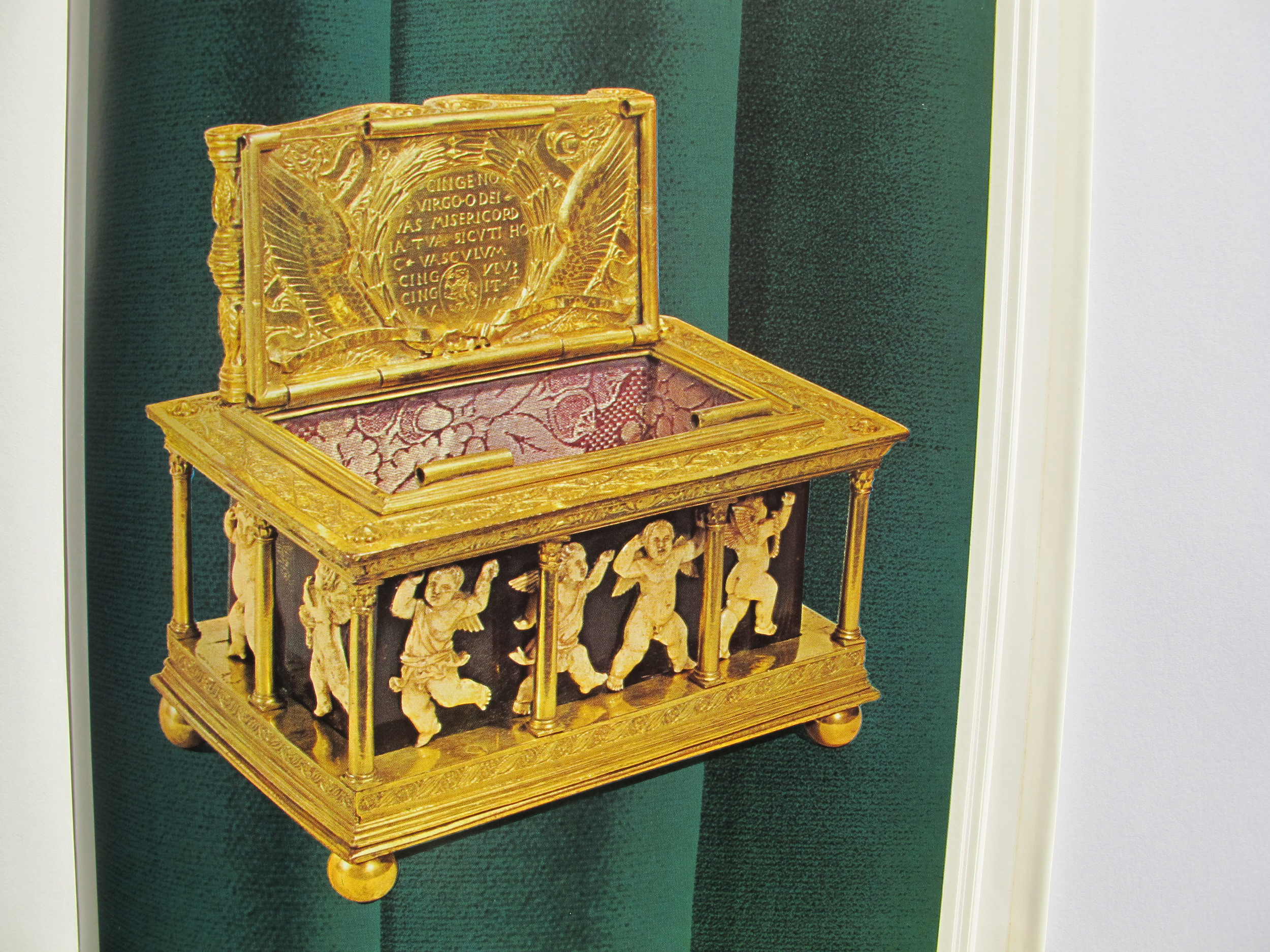
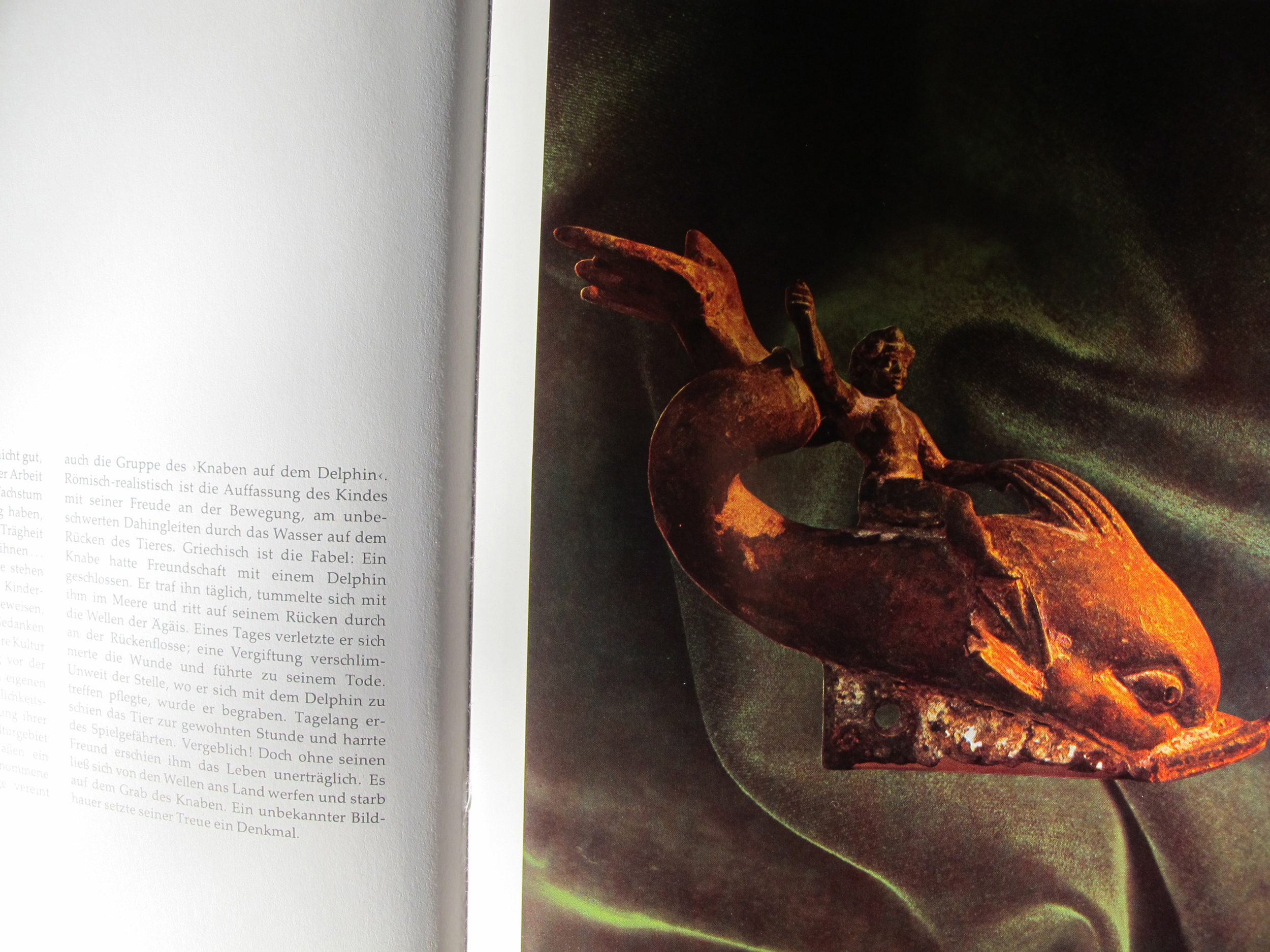
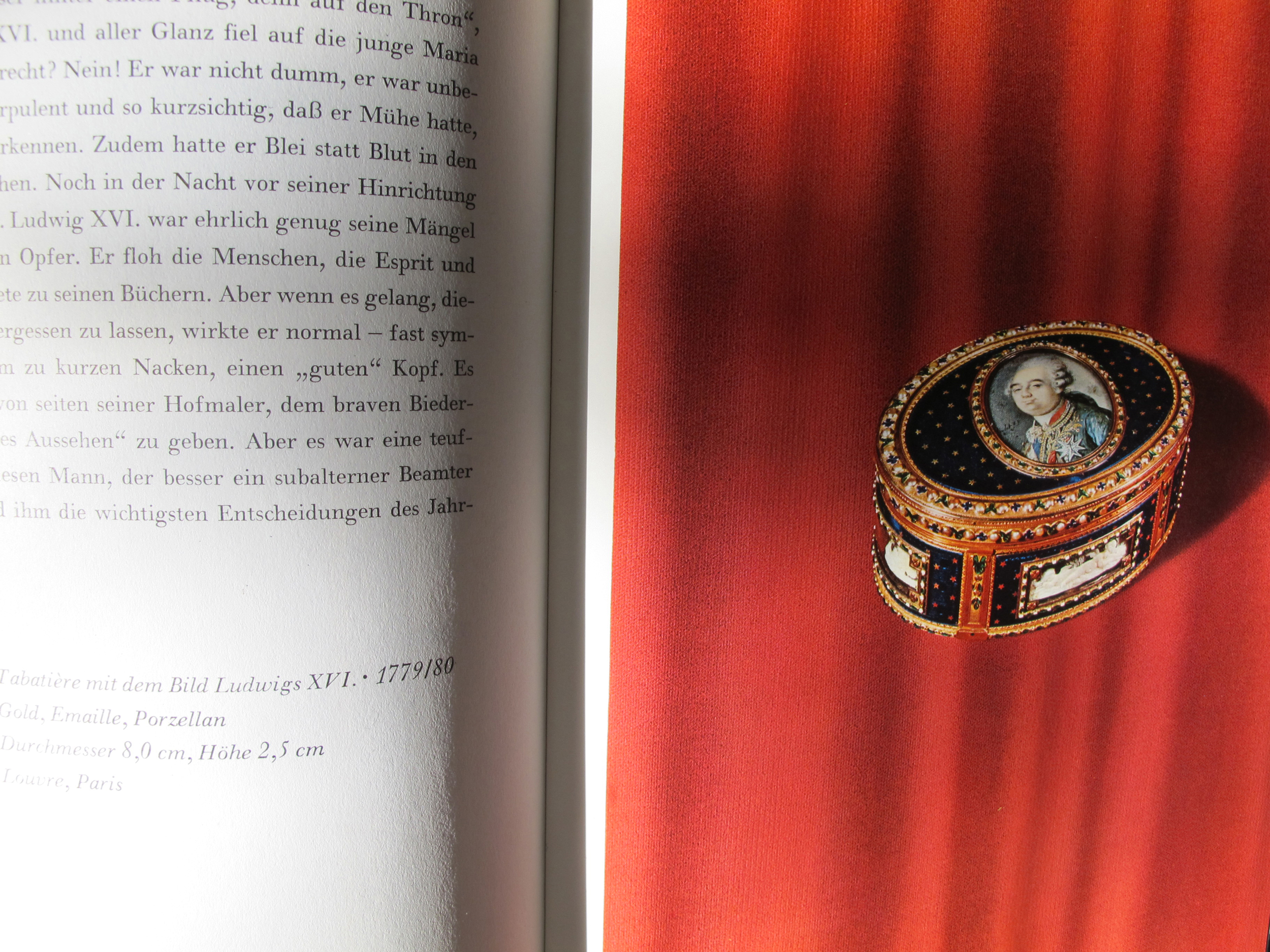



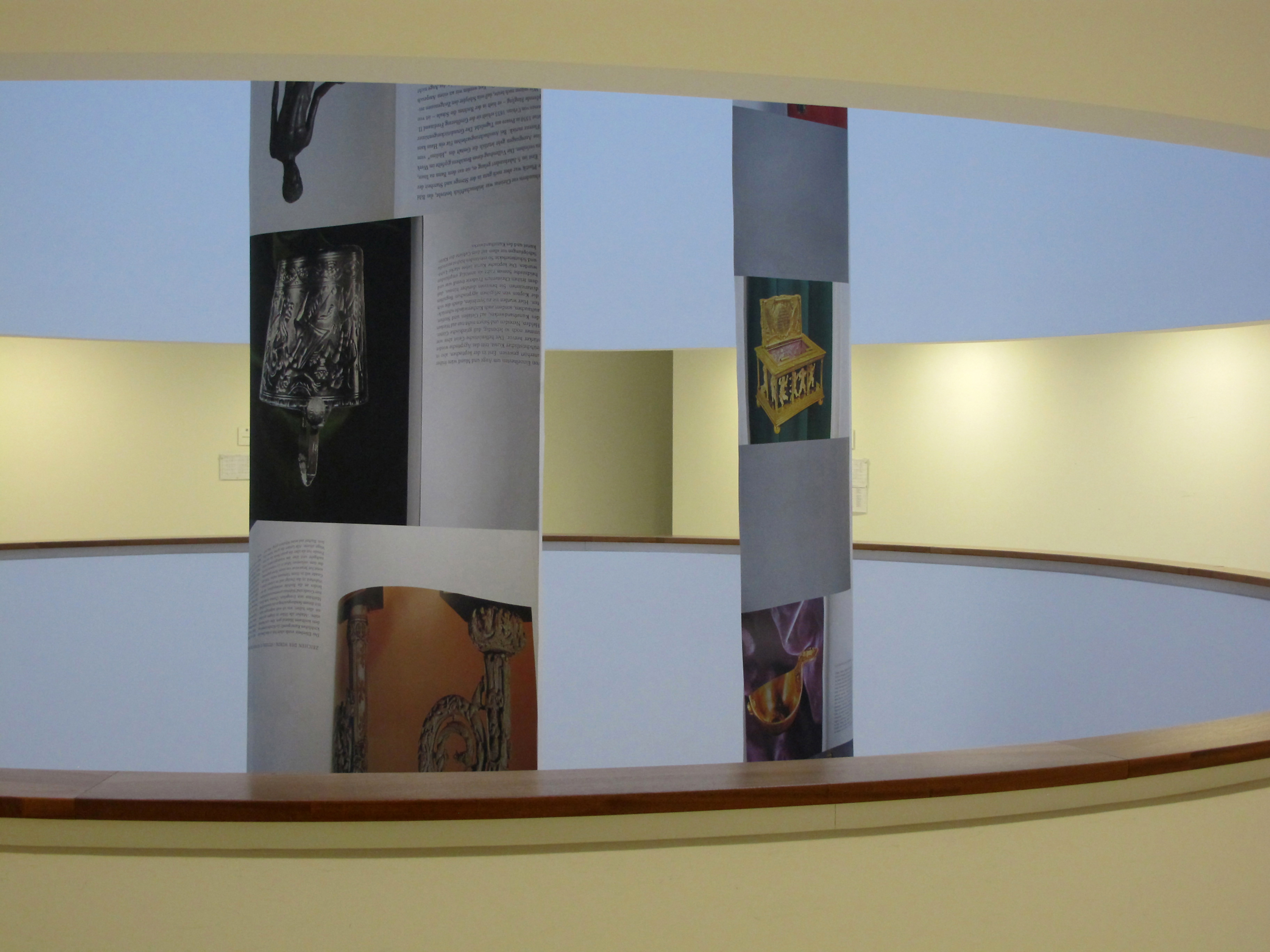

Recent